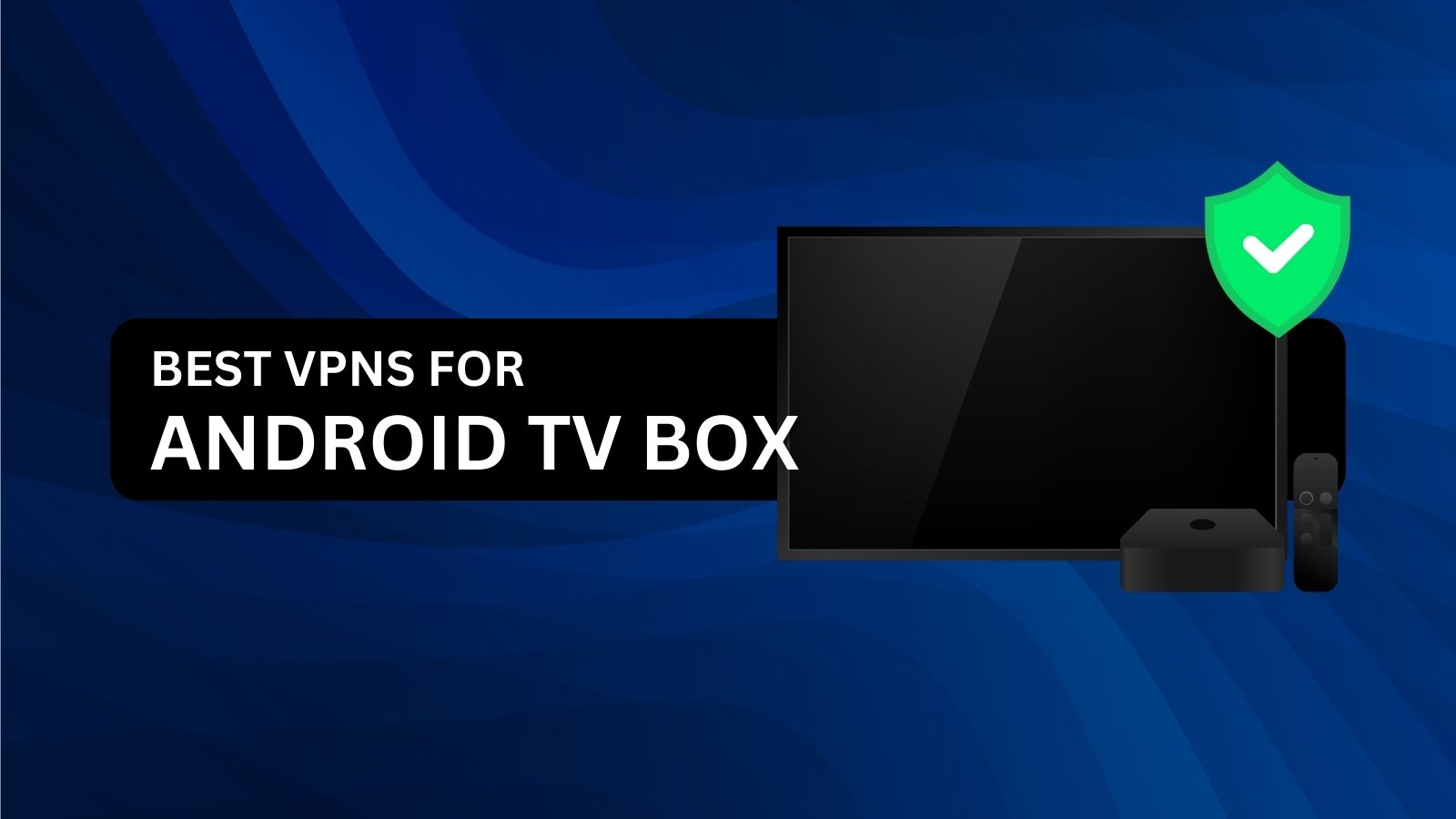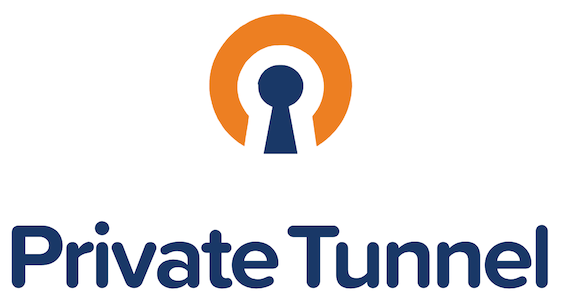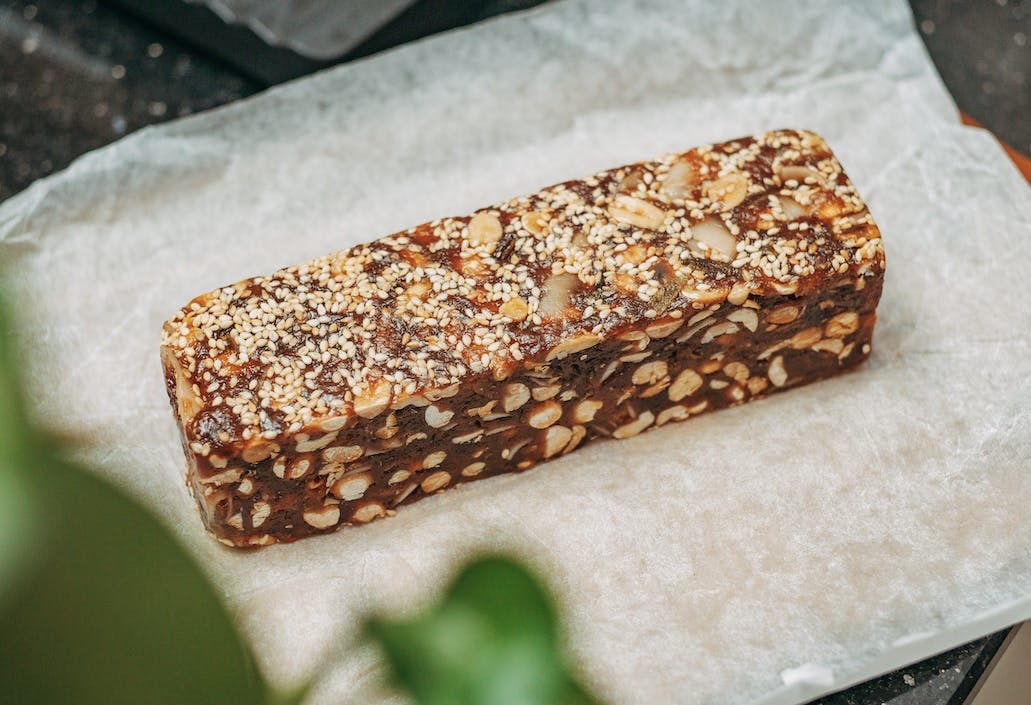How to Generate Endless Content Ideas for Your Blog
Discover practical strategies to generate endless content ideas for your blog. Learn how to keep your content fresh, engaging, and aligned with your audience’s interests.
In the fast-paced world of content marketing, one of the biggest challenges content creators face is coming up with fresh, engaging, and relevant ideas. Whether you're a seasoned blogger or just starting out, hitting a creative roadblock can be frustrating. However, with the right strategies and mindset, you can keep the ideas flowing and consistently produce valuable content that resonates with your audience.
In this blog, we will explore various methods to generate endless content ideas that will not only keep your blog alive but also help it grow. Let’s dive into practical tips and tools that will transform the way you approach content creation.
Start with Your Audience's Pain Points
One of the best ways to ensure your content hits home is by focusing on your audience's pain points. What challenges or issues are they facing in their daily lives? What problems do they need solving? By understanding their needs and concerns, you can create content that provides value and establishes you as a reliable source of information.
To uncover these pain points, engage with your audience through surveys, polls, and comments. Social media platforms, particularly Facebook and LinkedIn groups, are great spaces to explore conversations that highlight the problems your audience is facing. Additionally, you can use tools like Answer the Public and Google Trends to discover common questions and trending topics in your niche.
For instance, if you run a fitness blog, you may notice that many of your readers struggle with staying motivated to exercise regularly. You could then create content like "10 Tips to Stay Motivated During Your Fitness Journey" or "How to Overcome the Common Mental Blocks That Prevent You From Exercising."
Leverage Industry News and Trends
Staying updated with industry news and trends can provide a wealth of content ideas. Covering breaking news, sharing your take on industry developments, or offering insights on how these trends may impact your audience keeps your blog relevant and engaging.
To stay informed, subscribe to newsletters, follow thought leaders on social media, and use RSS feeds to keep up with industry blogs and websites. Platforms like Feedly and Flipboard are excellent tools for aggregating the latest news in your industry.
For example, if you have a tech blog, a new software release or a major tech acquisition could be the perfect opportunity for you to analyze the impact of these developments on your readers. Write articles like "What [Software X] Means for Small Business Owners" or "How the Latest Tech Merger Will Affect the Industry."
Repurpose Old Content
If you’ve been blogging for a while, you probably have a wealth of older content that can be refreshed or repurposed. Some posts may have been evergreen, while others may benefit from updates to reflect new information or trends.
To repurpose old content, look for popular blog posts and think about different formats you can create from them. For instance, if you have a popular “how-to” post, you could turn it into a video tutorial, infographic, or podcast episode. You can also create an updated version of an older post, especially if new data or techniques have emerged since you first wrote it.
Repurposing content not only saves time but also helps you reach a new segment of your audience that may prefer a different format.
Use Content Idea Generators
When you're feeling stuck, content idea generators can be a lifesaver. These tools are designed to offer prompts and suggestions that can inspire new blog topics. Some popular content idea generators include:
- Portent's Content Idea Generator: Enter a keyword, and it will generate a headline idea for you. While some suggestions may be offbeat, they often spark creativity.
- HubSpot's Blog Ideas Generator: Enter up to five nouns related to your niche, and this tool will give you blog title ideas for an entire week.
- BuzzSumo: This tool helps you find the most shared content across social media platforms. By analyzing what’s currently trending, you can create similar content tailored to your audience.
For instance, if you run a marketing blog and you enter “content marketing” into one of these tools, you might receive ideas like “The Future of Content Marketing: What You Need to Know” or “5 Content Marketing Tactics You Need to Try Right Now.”
Analyze Competitors' Content
A great way to generate new content ideas is by analyzing what your competitors are doing. By keeping an eye on their blogs, social media, and other content channels, you can identify gaps in their content and find opportunities to create something better or unique.
Use tools like SEMrush or Ahrefs to analyze the top-performing content on your competitors' sites. Look for common themes and topics, and think about how you can approach them from a different angle. You might discover a topic that’s been widely covered but with little depth – giving you the perfect opportunity to create a comprehensive guide that stands out.
For example, if your competitors are writing about SEO basics, you could take it a step further and create an advanced guide to SEO techniques that drive results.
Experiment with Different Content Formats
Varying your content format can help keep your blog fresh and engaging. Some readers may prefer long-form articles, while others may respond better to quick, snackable content. By mixing things up, you’ll appeal to different segments of your audience and keep them coming back for more.
Some content formats to consider include:
- Listicles: Posts that offer lists of tips, tools, or ideas.
- How-to guides: Step-by-step instructions on how to achieve a specific outcome.
- Case studies: Real-life examples of success stories or failures.
- Interviews: Conversations with experts in your field.
- Roundups: Collections of advice or opinions from multiple experts or bloggers.
For instance, if you have a food blog, you might create a listicle like “10 Quick and Easy Breakfast Recipes,” followed by a case study on how a popular diet trend helped someone lose weight.
Tap into Personal Experiences
Your own personal experiences can be a goldmine for content ideas. Sharing your unique perspective on a topic can help you connect with your audience on a deeper level. Personal stories also lend credibility and authenticity to your blog, making your readers more likely to trust your advice.
Think about challenges you've faced in your industry or lessons you've learned along the way. Even failures can be valuable content – people appreciate honesty, and sharing your mistakes can help others avoid them.
For instance, if you run a freelance writing blog, you might share a post about “The Biggest Mistake I Made in My Freelance Career (And How I Recovered).”
Engage with Your Community
Engaging with your community can provide endless content ideas. Start by asking your audience what they want to read about. Polls, surveys, and direct questions on social media or in your email newsletter can give you insights into the topics your audience is most interested in.
You can also pay attention to comments on your blog or social media. If a particular post receives a lot of engagement, look for ways to expand on the topic in a follow-up post. Alternatively, address any questions or concerns raised by your readers in your next blog.
Follow Popular Hashtags
Hashtags on platforms like Twitter and Instagram can be a great way to discover trending topics and conversations in your niche. By keeping track of popular hashtags, you can stay on top of what's current and create timely content that resonates with your audience.
Use tools like Hashtagify or RiteTag to find trending hashtags in your industry. From there, monitor the types of content being shared and join the conversation with your own unique take.
For example, if you run a fashion blog and notice a particular trend hashtag gaining traction, you could write a post like “How to Incorporate [Trend] into Your Everyday Style.”
Break Down Complex Topics
Sometimes the best content ideas come from breaking down complex topics into simpler, more digestible parts. If your industry is filled with jargon or complicated processes, your readers will appreciate content that helps them understand these topics in layman’s terms.
Consider creating a series of posts that explain different aspects of a larger topic. For instance, if you have a finance blog, you might write a series like “Understanding Personal Finance,” with individual posts focused on budgeting, investing, and saving for retirement.
Interview Industry Experts
One of the most effective ways to generate unique content is by interviewing experts in your field. Not only do interviews bring fresh perspectives to your blog, but they also lend credibility and authority to your content. By featuring industry leaders, you can attract a wider audience and provide valuable insights that your readers might not find elsewhere.
To get started, reach out to experts through LinkedIn, Twitter, or email. When conducting interviews, make sure to ask open-ended questions that allow for in-depth answers. These interviews can be published as traditional Q&A posts or even repurposed into podcast episodes or videos.
For example, if you run a digital marketing blog, you might interview a thought leader about the latest trends in search engine optimization (SEO) or social media marketing. Their expert opinions can help elevate your blog while providing your audience with fresh, actionable advice.
Host a Roundup Post
Roundup posts are a great way to gather insights from multiple experts or bloggers on a specific topic. These types of posts not only offer diverse viewpoints but also help you build relationships with other professionals in your niche. Additionally, when you feature multiple experts, they are likely to share your post with their audience, expanding your blog’s reach.
To create a roundup post, select a relevant topic and reach out to bloggers, influencers, or industry experts. Ask them to provide their thoughts or tips on the chosen topic. Compile their responses into a single blog post, giving credit and linking back to their websites.
For instance, if you run a parenting blog, you could create a roundup post titled "Top Parenting Tips from 10 Influential Moms and Dads." This not only showcases diverse perspectives but also increases the chances of your post being shared across multiple platforms.
Answer Frequently Asked Questions (FAQs)
One of the simplest ways to generate content ideas is by addressing frequently asked questions in your niche. These questions can come from your blog comments, social media interactions, customer emails, or even forums like Reddit and Quora.
By creating blog posts that answer common questions, you not only provide valuable information but also improve your blog’s SEO. People often type questions directly into search engines, so if your blog post provides the answer, it’s more likely to rank higher in search results.
For example, if you run a skincare blog, you might write posts that answer questions like "What’s the best skincare routine for oily skin?" or "How can I reduce the appearance of wrinkles naturally?"
Use Analytics to Identify Popular Topics
Your blog's analytics can be a goldmine for uncovering content ideas. By analyzing your website’s traffic, you can identify which posts are the most popular and create more content around similar topics. Tools like Google Analytics or SEMrush allow you to track the performance of individual blog posts and understand what resonates with your audience.
Look for trends in your top-performing content. Are there specific topics, formats, or keywords that seem to attract the most readers? Use these insights to guide your future content strategy. For example, if you notice that listicles or how-to guides consistently perform well, you can create more of these types of posts to keep your audience engaged.
Additionally, pay attention to the keywords that drive traffic to your blog. By identifying high-traffic keywords, you can create additional content around those topics or optimize existing posts to improve your SEO ranking.
Utilize Content Curation
Content curation involves gathering valuable information from other sources and presenting it to your audience in a digestible format. While original content is essential, curating content from reputable sources can add variety to your blog and provide additional value to your readers.
When curating content, make sure to credit the original sources and add your own insights or commentary. This will position you as a thought leader in your niche, while also giving your readers access to a wide range of perspectives and resources.
For example, if you run a health and wellness blog, you could curate content from recent studies, news articles, and expert interviews, and compile it into a post like "The Top 5 Health Trends You Should Know About in 2024." Just make sure to add your own analysis and link back to the original sources.
Create Seasonal or Timely Content
Seasonal content is a great way to stay relevant and generate fresh ideas. Holidays, events, and seasons provide opportunities to create timely content that resonates with your audience. Whether it’s back-to-school tips in August, holiday shopping guides in December, or New Year’s resolution advice in January, seasonal content can attract readers who are looking for information specific to that time of year.
To plan ahead, create a content calendar that aligns with key dates, holidays, or events in your industry. For example, if you run a travel blog, you might create a post like “Top 10 Winter Destinations for 2024” in anticipation of the holiday travel season.
Timely content can also include articles tied to current events or trends in your niche. If there’s a major news story or development in your industry, consider creating content around it to capitalize on the surge of interest.
Share Behind-the-Scenes Content
Behind-the-scenes content is a great way to humanize your brand and build a stronger connection with your audience. People love getting a glimpse into the personal side of a business or blog, whether it’s a sneak peek into your creative process, a day in the life of a blogger, or a look at how you develop products or services.
By sharing behind-the-scenes content, you can showcase your personality and give your readers a sense of the hard work and dedication that goes into your blog. It also helps to build trust and authenticity, as your audience will feel like they’re getting an inside look at what you do.
For example, if you run a photography blog, you could share a behind-the-scenes post that details how you prepare for a photoshoot, from selecting equipment to scouting locations.
Conduct a Content Audit
If you’ve been blogging for a while, conducting a content audit can help you identify gaps in your existing content and discover opportunities for new topics. A content audit involves reviewing your past blog posts to determine what’s performing well, what’s outdated, and what can be improved or repurposed.
During a content audit, look for posts that can be expanded, updated, or combined into comprehensive guides. You may also identify content gaps where you haven’t yet covered certain topics that are important to your audience. Filling these gaps can help improve your blog’s overall quality and relevance.
For instance, if you have a tech blog, you might find that you’ve written extensively about software tools but haven’t covered hardware in much detail. This insight could inspire new blog posts like “Top 5 Laptops for Programmers in 2024.”
Create Resource Lists
Resource lists are highly valuable pieces of content that can serve as go-to guides for your audience. By compiling a list of helpful tools, apps, websites, books, or articles, you provide your readers with a curated selection of resources that can help them achieve their goals.
Resource lists are particularly useful in niches where readers are looking for actionable advice or recommendations. They can also drive traffic, as people often share resource lists with others who may find them helpful.
For example, if you run a writing blog, you might create a post like “The Ultimate List of Tools for Freelance Writers,” which includes links to productivity apps, grammar checkers, and writing communities.
Host Webinars or Live Q&A Sessions
Interactive content such as webinars or live Q&A sessions can provide you with a wealth of content ideas. Hosting a webinar on a specific topic allows you to engage with your audience in real-time, answer their questions, and share your expertise. You can then repurpose the content from the webinar into blog posts, videos, or social media snippets.
Similarly, live Q&A sessions on platforms like Instagram, Facebook, or YouTube give your audience the chance to ask questions directly, which can inspire future blog posts. After the session, you can create a recap post that highlights the key takeaways and answers the most popular questions.
For example, if you run a digital marketing blog, you could host a live Q&A session about social media strategy, then follow up with a blog post titled “The Top Social Media Questions Answered During Our Live Q&A.”
Get in Touch
Website – https://www.webinfomatrix.com
Mobile - +91 9212306116
Whatsapp – https://call.whatsapp.com/voice/9rqVJyqSNMhpdFkKPZGYKj
Skype – shalabh.mishra
Telegram – shalabhmishra
Email - info@webinfomatrix.com
What's Your Reaction?























